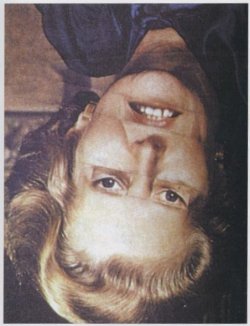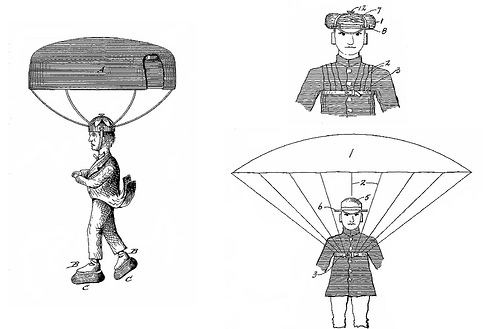A Frenchman, while looking at a number of vessels, exclaimed, ‘See what a flock of ships!’ He was told that a flock of ships was called a fleet, but that a fleet of sheep was called a flock. To assist him in mastering the intricacies of the English language, he was told that a flock of girls was called a bevy, that a bevy of wolves is called a pack, but that a pack of cards is never called a bevy, though a pack of thieves is called a gang, and a gang of angels is called a host, while a host of porpoises is termed a shoal. He was told that a host of oxen is termed a herd, and a herd of children is called a troop, and a troop of partridges is termed a covey, and a covey of beauty is called a galaxy, and a galaxy of ruffians is called a horde, and a horde of rubbish is called a heap, and a heap of bullocks is called a drove, and a drove of blackguards is called a mob, and a mob of whales is called a school, and a school of worship is called a congregation, and a congregation of engineers is called a corps, and a corps of robbers is called a band, and a band of locusts is called a crowd, and a crowd of gentlefolks is called the elite. The last word being French, the scholar understood it and asked no more.
— Charles William Bardeen, A System of Rhetoric, 1884




